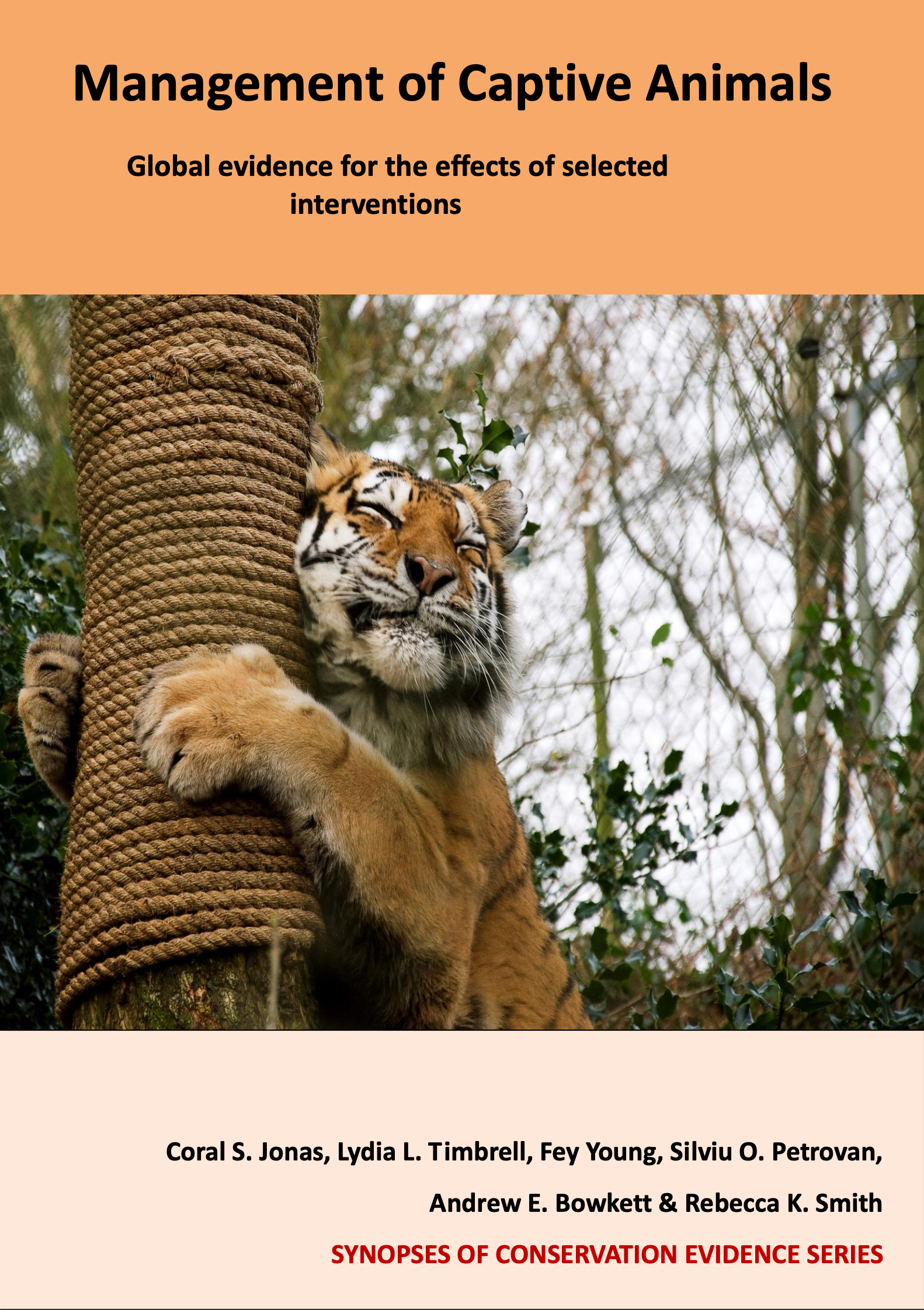Amphibians: Provide particular plants as breeding areas or egg laying sites
-
Overall effectiveness category Unknown effectiveness (limited evidence)
-
Number of studies: 1
View assessment score
Hide assessment score
How is the evidence assessed?
-
Effectiveness
75% -
Certainty
20% -
Harms
0%
Study locations
Supporting evidence from individual studies
A small, controlled study in 1990–1994 of Texas salamanders Eurycea neotenes in Dallas, USA found that captive breeding was successful in a heavily planted aquarium but not in aquariums without plants. Between 1990 and 1993, a pair of salamanders housed in a planted aquarium produced 19 eggs (in February 1991) but none were produced by salamander pairs housed in an aquarium containing a gravel substrate or one with partially buried rocks and rock shards over the same period. The eggs were fixed singly to live plants. Four of the eggs hatched and three larvae were reared to maturity. The planted aquarium contained java moss Vesicularia dubyana and swamp-weed Hygrophila sp.. Eggs were removed to a separate aquarium to avoid predation by the adult salamanders or snails.
Study and other actions tested
Where has this evidence come from?
List of journals searched by synopsis
All the journals searched for all synopses
This Action forms part of the Action Synopsis:
Management of Captive Animals
Management of Captive Animals - Published 2018
Captive Animal Synopsis





)_2023.JPG)














